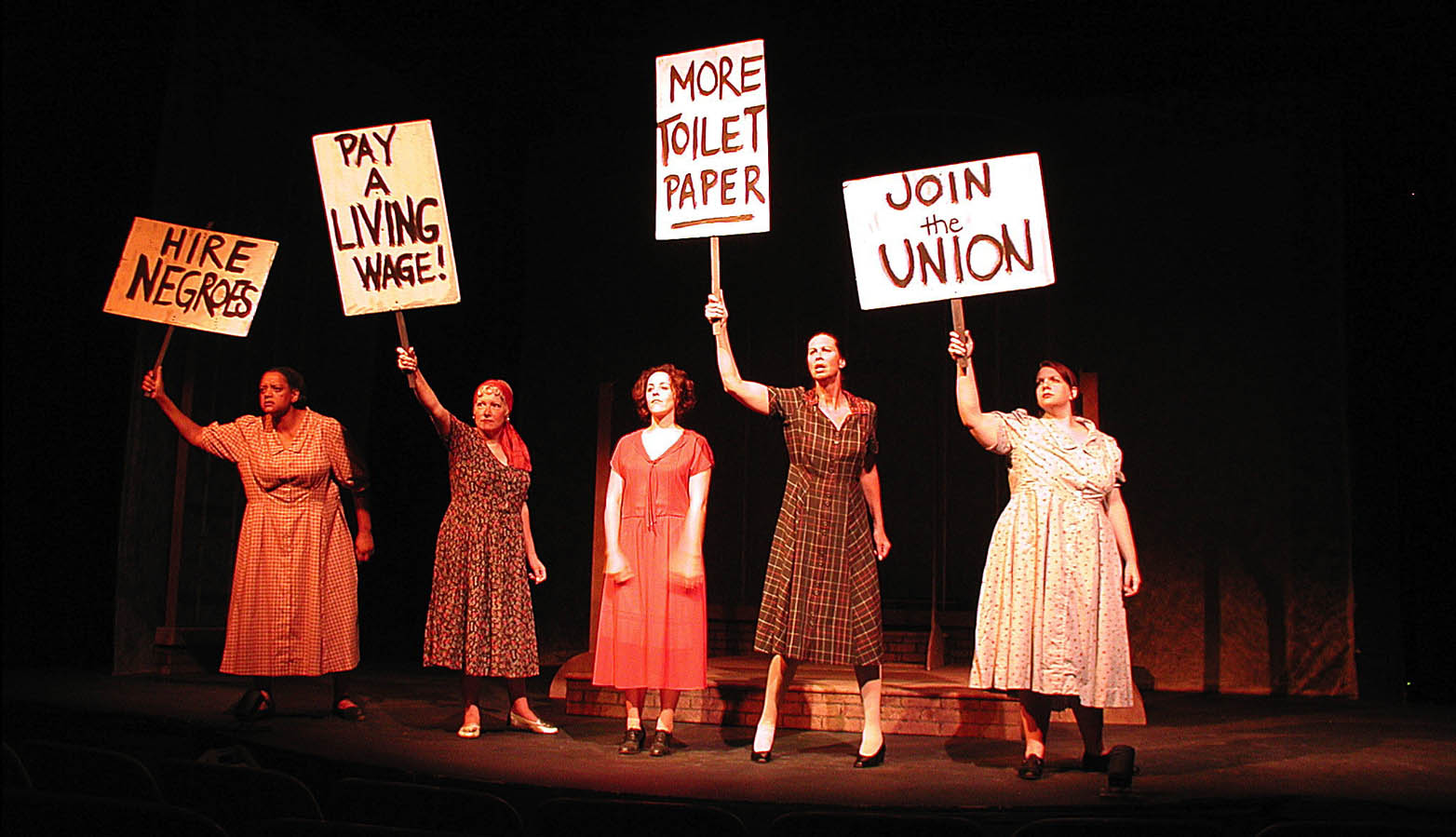
STORY
FINDING CLARA (7f, 2m) – A tragicomedy about lintheads, silent movie stars, and lost love, the lives of Mary Victoria Woolson (mill worker) and Clara Bow (Hollywood’s silent screen “It” girl) collide against the explosive background of the 1929 Loray Mill strike. An intergenerational story about lost hopes and dreams, violence and racial hatred, and the power of cultural icons (past and present) to influence our beliefs and desires.

AWARDS
Silver Medal-Pinter Review Drama Prize; North Carolina Arts Council Literature Fellowship; National New Plays Award at Southern Appalachian Repertory Theatre; Mockingbird Theatre New Play Finalist; Piedmont Regional Artist Grant; and United Arts Council of Raleigh and Wake County Regional Artist Grant.

PRODUCTION HISTORY
Premiere: Southern Appalachian Repertory Theatre (NC)
Subsequent readings and workshops at select American theatres and colleges.
North Carolina Literary Review published selection from the play with accompanying article.
Segments of the play included in documentary: “Fading Fabric: Remembering Our Textile Heritage.”
